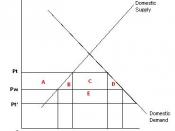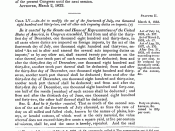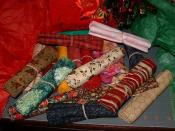The Textiles, Clothing and Footwear industry is one of Australia's main manufacturing sectors, providing employment to over 87 000 Australians and accounting for more than 4% of total manufacturing. The TCF industry is a significant employer of Australians in both cities and regional locations and a main exporter. The industry is comprised of every stage in the marketing process from processing raw materials to retailing intermediate and finished goods.
A distinguishing feature of the Textiles, Clothing and Footwear Industry has been the high levels of quota and tariff protection applied by many countries. The Australian TCF industry is no exception to this rule, enjoying high levels of protection with tariffs running as high as 30%. Tariffs are taxes imposed by the government to provide protection against foreign imports that can offer the same products for a cheaper price. To evaluate the impact of reduced tariffs it is important to understand that tariffs affect the economy in a number of ways.
Firstly as tariffs increase the prices of foreign-produced protected goods they therefore encourage the goods production domestically, leading to the inefficient utilisation of capital, labour and other resources to produce a lower quantity of outputs. Tariffs also reduce the real income of consumers. Because tariffs increase prices paid for goods by consumers, the same good is purchased at a higher price. This means that Australia's total income is lower that it would be if there were no tariffs even though the companies directly involved in the TCF manufacturing industry may be better off.
In the first eight months of the 2003 financial year, Austrade brought $17.5 million worth of exports to the economy by providing market assistance to 23 TCF companies. Also, productivity in this industry was in no doubt as exports had been growing by approximately 14% per year,



Australian TCF Industry Tariff Reductions
Very thorough and complete.
As a major in economics, I would recommend this essay as a research tool to anybody working on Southeast Asia or a model plan.
Excellent Work!!!
4 out of 4 people found this comment useful.